It was one of those Dutch cold winter days of February when I boarded the train from Nijmegen heading to Leiden to visit the National Museum of Ethnology ‘Volkenkunde’.
This long journey was triggered off by the fact that Azza Fahmy Jewellery was selected by the Museum to represent Egypt in their winter exhibition entitled ‘JEWELLERY: Made By, Worn By’ from 13 December 2017 to the 3rd of June 2018.
It is the first time for Azza Fahmy Jewellery to be displayed in a museum in the Netherlands, let alone in this exhibition which is presenting the largest collection of jewellery to be displayed in a Dutch museum. Around 1000 items of jewellery by designers from all over the world are displayed in the exhibition.
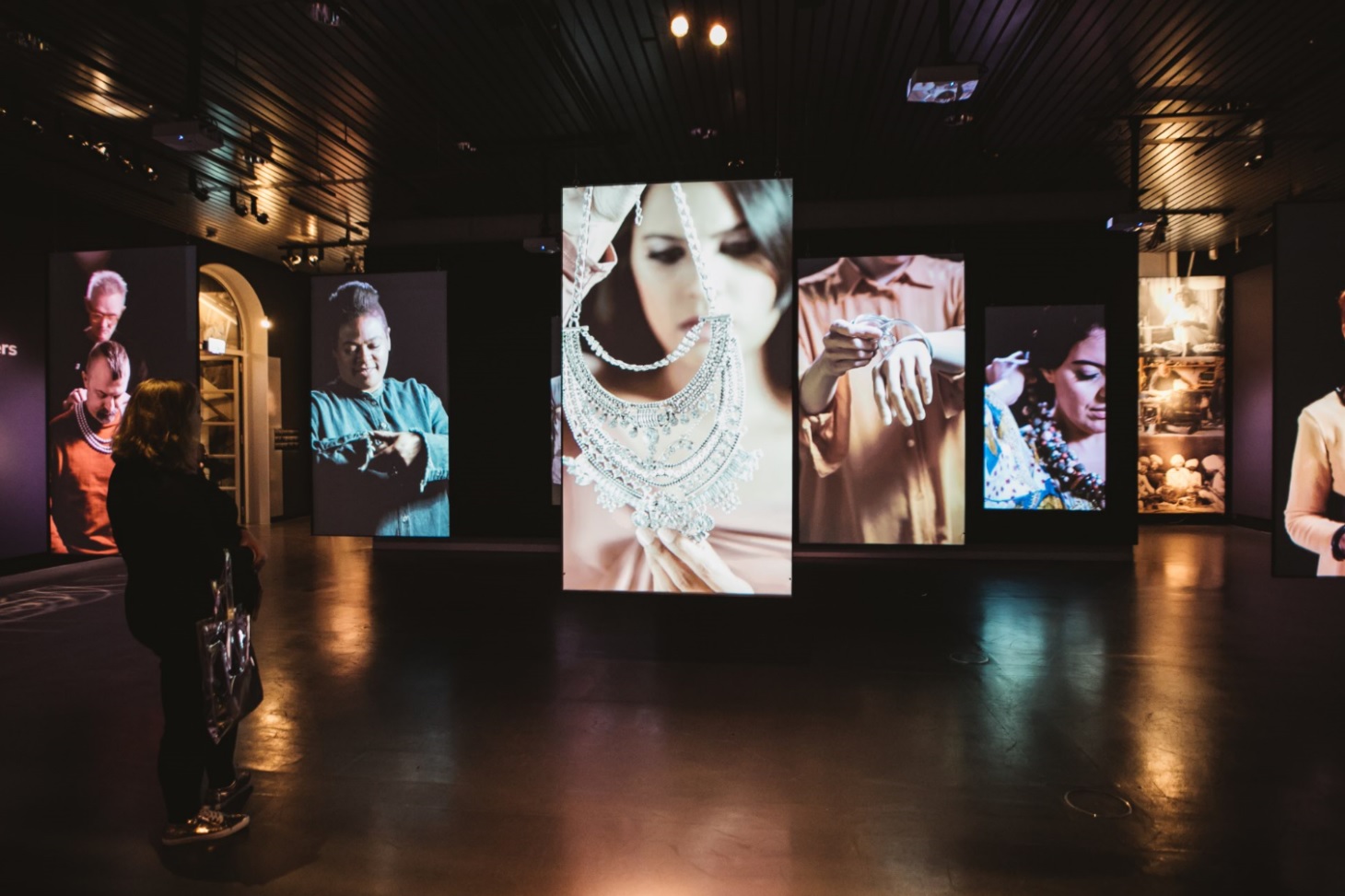
So, I had to go see for myself. I wanted to see which of Azza Fahmy’s pieces were presented and why the museum specifically chose Azza Fahmy. Of course, Azza Fahmy is one of Egypt’s most influential women and her story has been an inspiration to many, and as described by The Telegraph, an exceptional woman.
Her jewellery has been worn by famous figures from all over the world from Queen Rania of Jordan to Egyptian celebrities such as Amina Khalil and international celebrities like Rhianna. Fahmy started her jewellery empire in 1969 and established her name as a leader in a male-dominated industry.
Azza Fahmy Jewellery is a brand with a story and is inspired by cultures from all around the world. While some people preserve history and heritage by writing books or singing songs, Azza Fahmy makes jewellery.
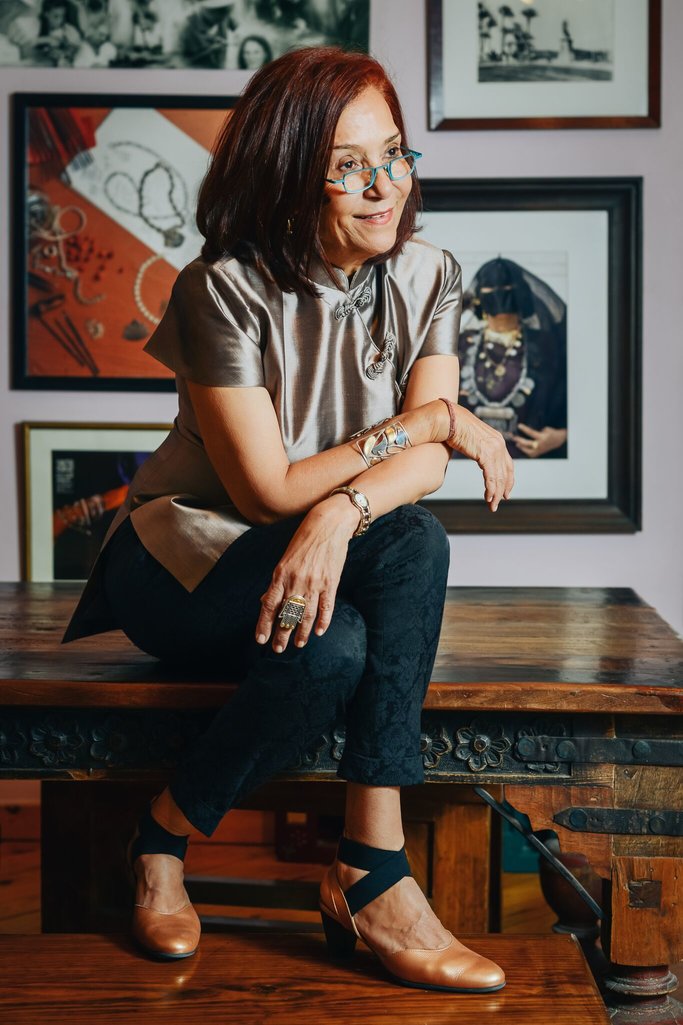
So, after a short walk from Leiden’s train station towards the city center, I arrived at the Museum to be greeted by Vanessa de Gruijter, assistant-curator of the jewellery exhibition, who showed me around the exhibition and answered my questions.
The moment you walk into the exhibition you see screens showing films of designers from different countries telling their stories. Then you see a huge wall which is an ode to the jewellery makers with their pictures on it. As the theme of the exhibition revolves around techniques, crafts, materials, and makers behind the jewellery, you also find a hallway that displays and explains different techniques of jewellery making.
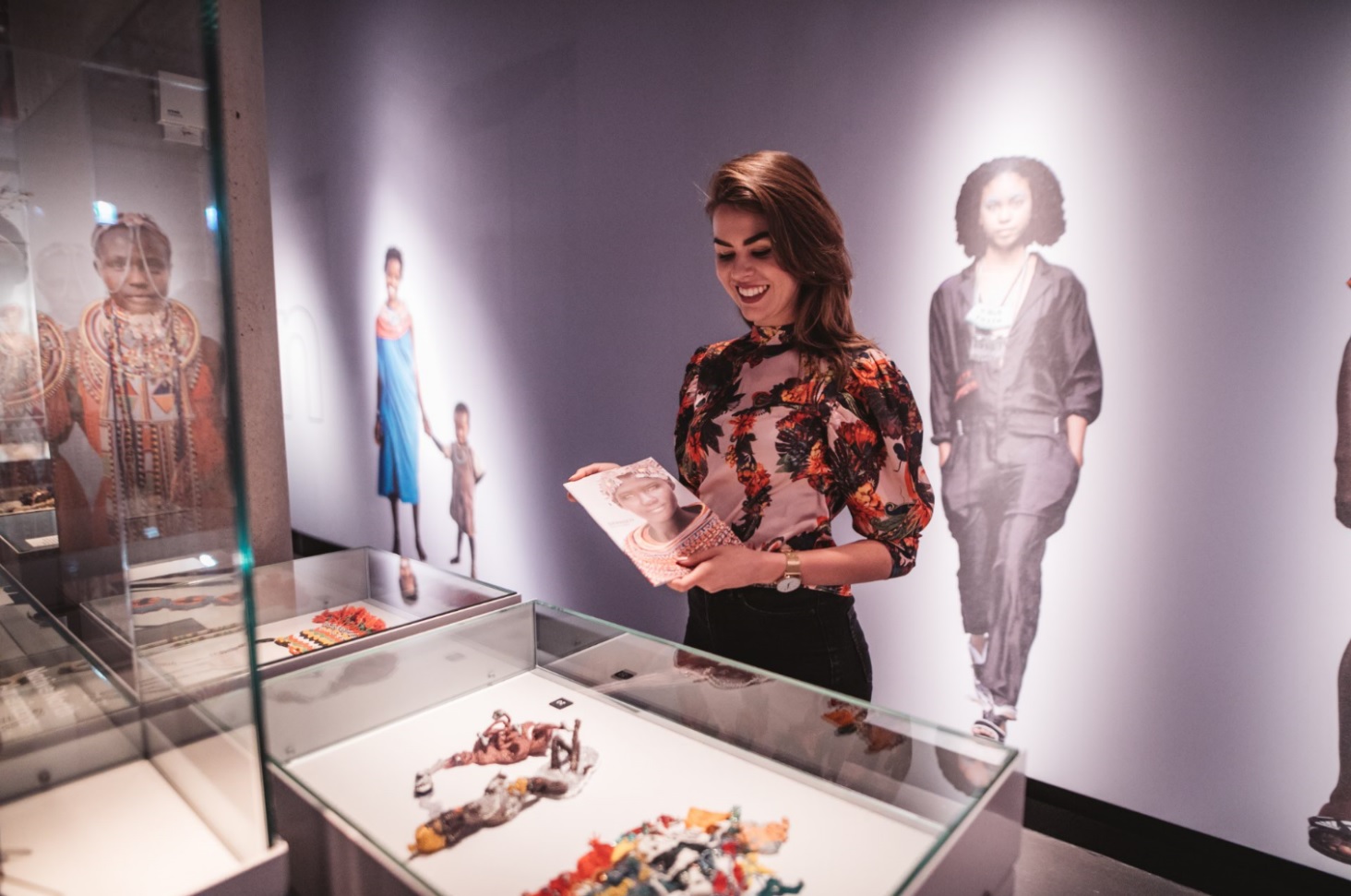
The 1000 pieces of jewellery are displayed in four different rooms based on the material they’re made of. There’s the silver room, the gold room, the beads room and the nature room. You will find Azza Fahmy’s jewellery pieces in the silver room: The Hand of Fatima Ring, Suma’ Bangle from the Umm Khulthoum collection, and an earring from the classic collection. According to Vanessa, Azza Fahmy was chosen because the museum wanted to show contemporary Middle Eastern jewellery at its finest.
“Azza Fahmy is a big international name that stays true to the regional design and craft traditions. Since we discuss craft in the exhibition, it was important to choose a designer or a jewellery house that has a strong connection with goldsmithing and cultural traditions. Azza Fahmy is actively involved in the conservation of the craft and invests in the new generation of craftsmen,” said Vanessa.

“Something that is exceptionally interesting is that her pieces are a contemporary translation of centuries-old jewellery, which can be seen in the style or motives such as the use of calligraphy in her designs or in technique: the openwork (ajour), filigrain and repoussé. Also, the technical level of the jewellery is immensely high and the jewellery is beautiful (although this is a very subjective notion). Additionally, the story of Azza being the first woman to enter a male-dominated profession added to the decision since we tell the story of ‘the goldsmith’ on several levels, gender being one of them”, added Vanessa.
According to the museum, The Suma Bangle for instance, was chosen because it’s a beautiful combination of traditional techniques, use of silver with gold details and preservation of culture through the use of calligraphy.
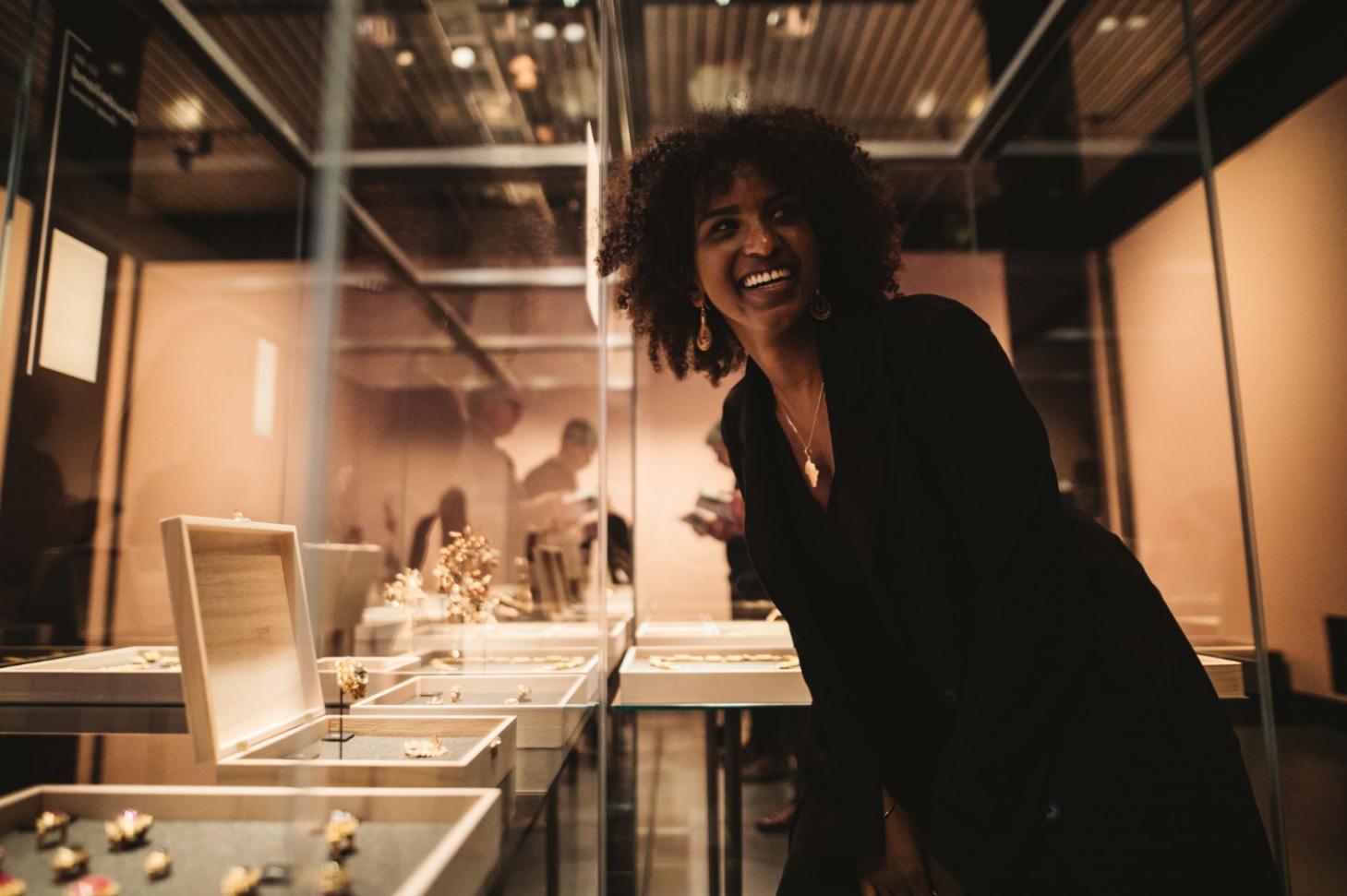
When someone wears the bangle, they walk around with their culture and heritage on their arm, especially because it has some verses from Umm Kulthoum’s most iconic song inscribed on it. The bangle shows someone’s cultural identity on different levels and it’s a proud reference not only to Egyptian, but also to the Middle Eastern culture, in the past and the present-day. It also connects people on a transnational and transgenerational level because of the love many people have for Umm Khulthoum.
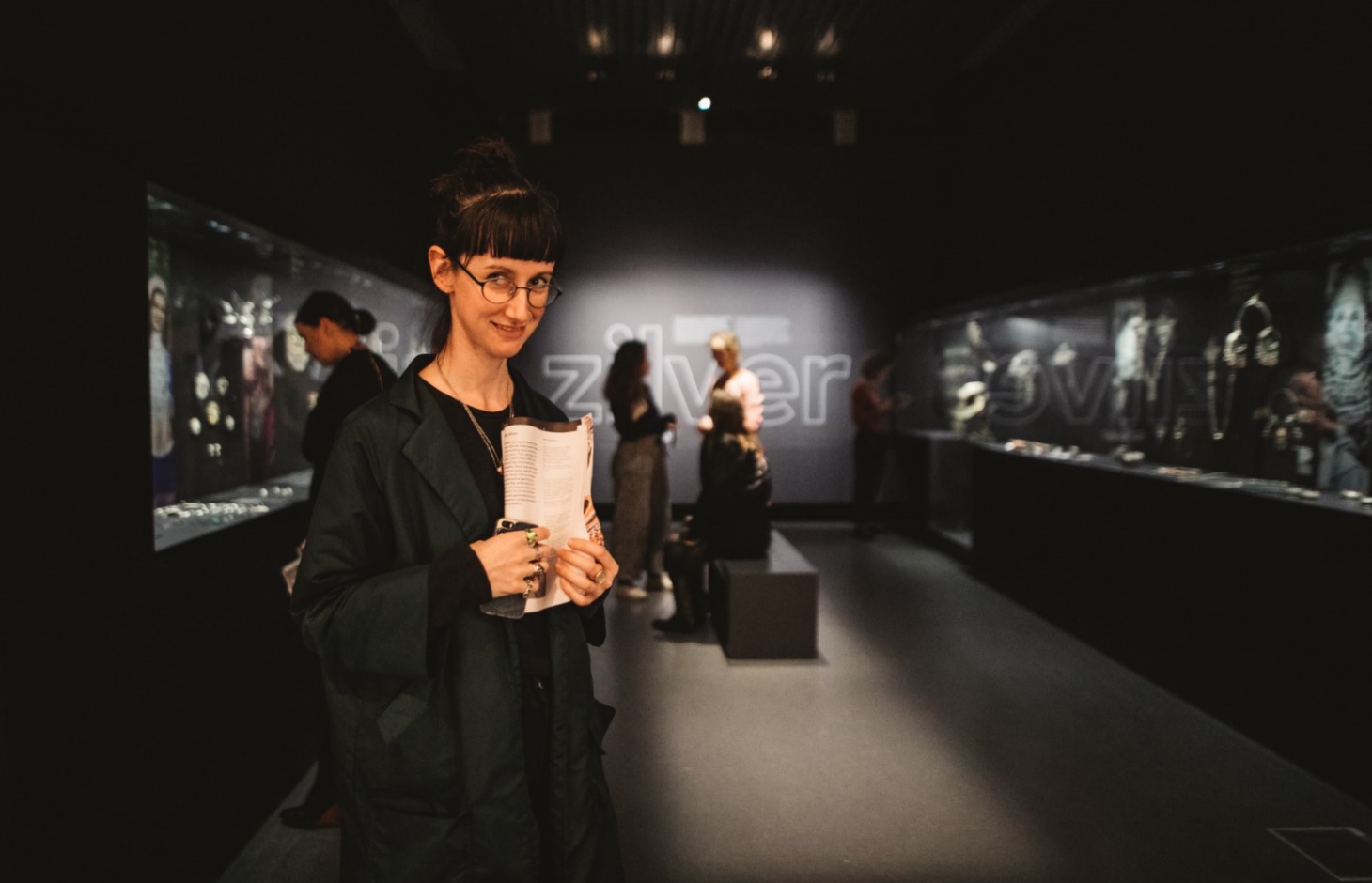
Finally, if you are in The Netherlands, I would highly recommend that you take some time out of your schedule to visit the exhibition and enjoy Azza Fahmy’s work, as well as all the other pieces of jewellery, contemporary and ancient, from several countries like Ghana, Indonesia, Vietnam, India, Morocco, and others.
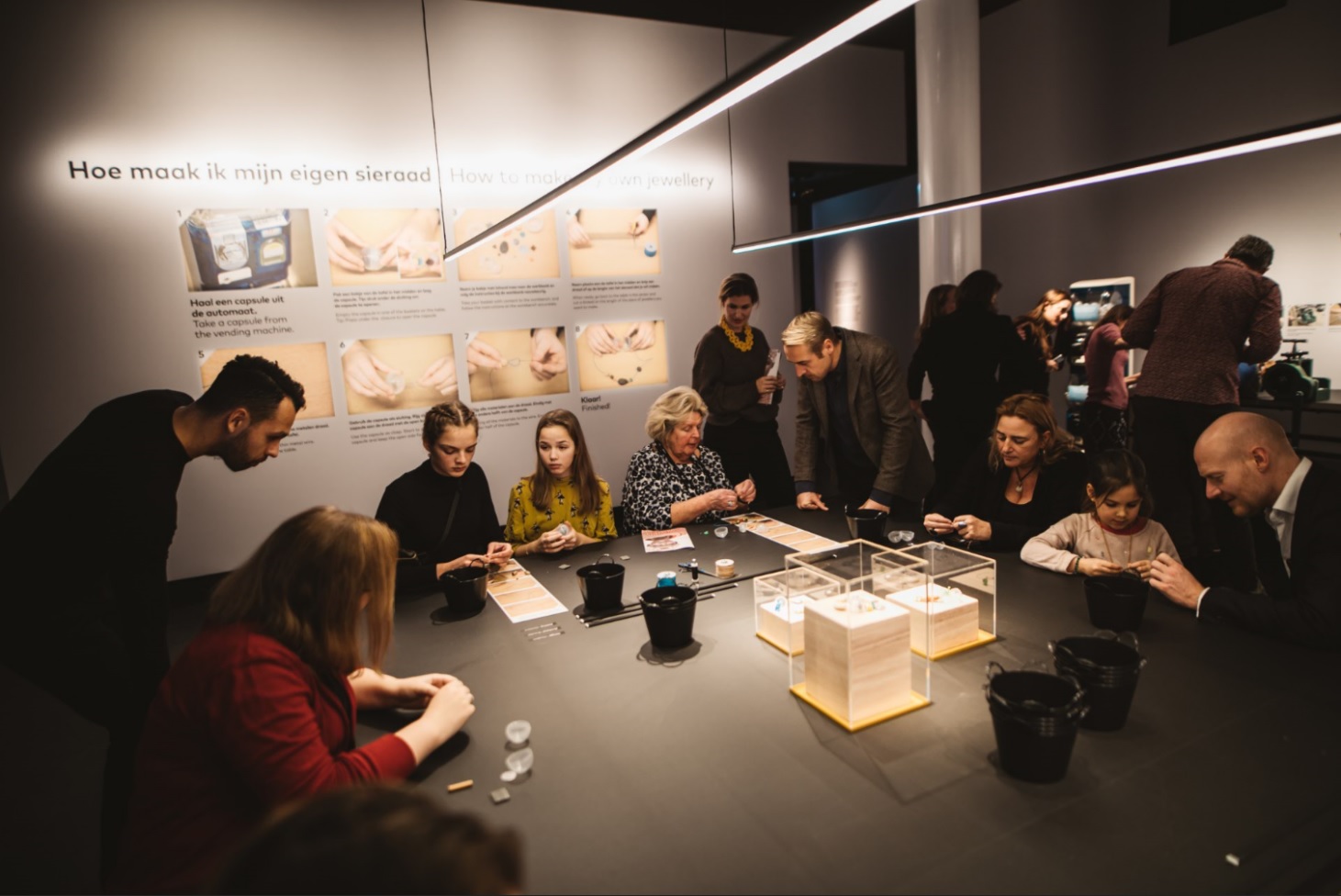
You will also get the chance to learn more about the different techniques used to make jewellery, and have a better understanding and appreciation of the skills needed to create the beautiful pieces people all around the world wear every day.





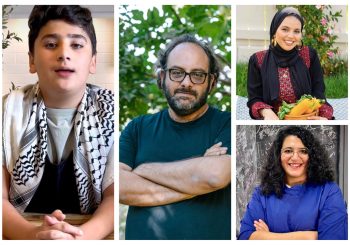
Comments (0)